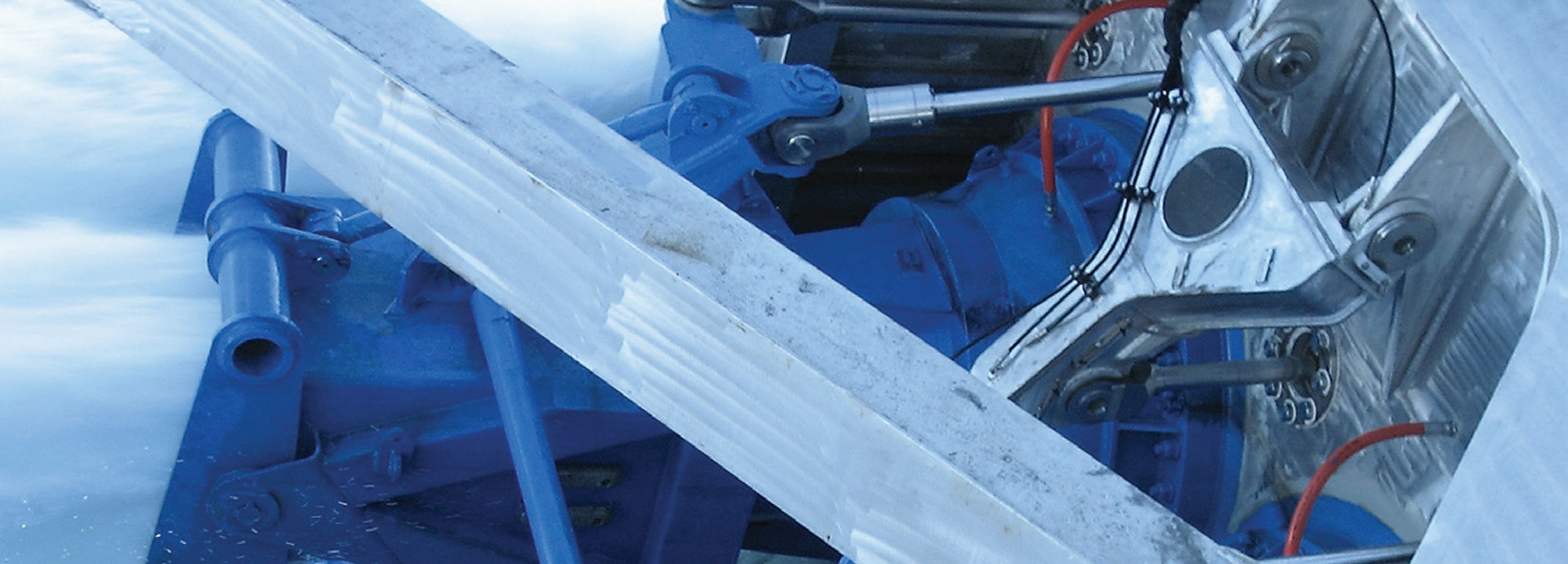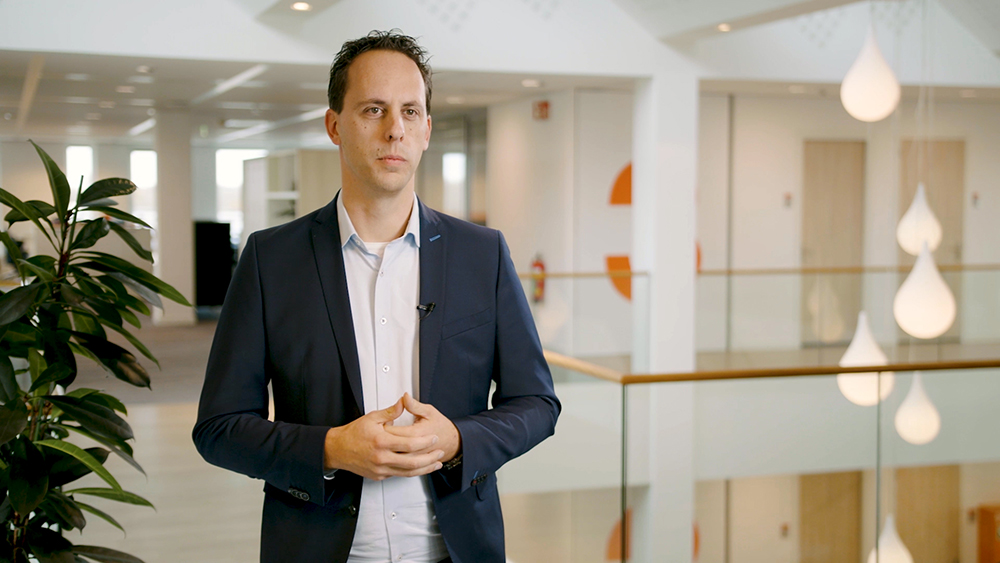

New waterjet innovations from Wärtsilä, already a leader in the market, are helping operators benefit from increased efficiency, lower emissions, more cost-effective maintenance and safer operations. Sander van Oosterhout, Product Director, Waterjets at Wärtsilä, shares his thoughts on the latest developments in the waterjet market and how he sees things evolving.
“Wärtsilä has been in the waterjet market since the company acquired Riva Lips, which has been producing waterjets in Italy since 1976. We provide modular and midsize waterjets for vessels such as high-speed ferries, patrol vessels, yachts and crew transfer vessels for offshore installations,” explains van Oosterhout. Wärtsilä’s midsize waterjets range from 1,000 kW to 4,500 kW and are designed for smaller vessels with a length of up to 80 metres or so. They are fully assembled and pre-tested in the factory, so all that’s needed to install them is a few connections and they’re good to go.
“Our modular waterjets for larger vessels are delivered in modules to provide installation flexibility for our customers and to improve the handling of the modules,” van Oosterhout continues. “These powerful units can generate anything from 1 to 32 MW, and they’re primarily used for high-speed ferries, patrol vessels, high-speed yachts and other larger vessels. We are the leading manufacturer of waterjets over 4.5 MW.”
Innovation paves the way for renewed growth
Despite the impact of COVID there is still a healthy demand for midsize and modular waterjets – and Wärtsilä has the expertise to help owners clarify what to look for in a future-proof vessel that can keep up with evolving efficiency and sustainability requirements. The company has also been busy innovating, with key developments in digital solutions and dual-fuel integration capability, with the new Wärtsilä 31. This medium-speed engine is an ideal match for modular waterjets and is both more efficient and cheaper to maintain than the high-speed engines typically used. Furthermore, the company has also developed its first high-speed engine, the Wärtsilä 14, to complement its midsize waterjet offering.
The Eleanor Roosevelt, owned by Spanish ferry company Baleària, is the first vessel to benefit from the integration with the Wärtsilä 31, which has proven to be a real game-changer with other operators also giving serious consideration to this solution.
Wärtsilä aims to maximise the benefits for its customers by offering an integrated package option with waterjets, engines, fuel gas systems, automation, navigation and the possibility of a maintenance contract.
This allows reduced complexity in the construction phase and, once the vessel is operational, reduces OPEX and improves both performance and uptime.
Supporting decarbonisation by maximising efficiency
Alongside the efficiency benefits of the Wärtsilä 31 engine, van Oosterhout highlights that in terms of decarbonisation the efficiency of the waterjet itself is also critical. “The inlet and outlet of our waterjets are streamlined using computational fluid dynamics, which has always been an important element of our design process, but when it comes to maximising efficiency, the pump is the most important element. Ours have a smaller diameter than competing units but generate a higher power density. So while in theory others can go faster, the reality is that vessels rarely need such speeds, and as ferries have limited space for installing waterjets we chose to maximise efficiency with a smaller pump.”
Weight is another extremely important factor for efficiency, and both our midsize and modular waterjets are the lightest on the market.
Efficiency has been the main driver for Wärtsilä’s waterjet customers for decades, and it’s only becoming more important. With the price of future fuels like methanol or ammonia likely to be higher than traditional fuels, the more efficient your propulsion train, the lower your costs and emissions will be. In future, propulsion will rely even less on fuels as waterjets are combined with hybrid or fully electric technology. “This is a development that we are already seeing for smaller craft, but in the next few years we can expect to see innovations that allow smaller waterjet-powered ferries to make use of this technology too,” van Oosterhout says.
Making maintenance as efficient as possible is another way to reduce costs and resource use. Wärtsilä waterjets have inboard hydraulics, making them easier to maintain and eliminating the risk of oil leaks. They also feature an inboard thrust-bearing, which means that maintenance can be performed inside rather than needing to use divers or dock the vessel.
Enhancing efficiency, safety and maintenance through integration
“In addition to decarbonisation, the integration and digitalisation of technologies is another pillar of our offering,” points out van Oosterhout. “Customers are more and more open to an integrated, holistic approach – which dovetails perfectly with our capabilities to integrate the best mechanical and digital solutions. We also integrate Wärtsilä Voyage solutions including the SmartMove suite, which includes an auto-docking solution that can dock larger vessels such as high-speed ferries without the need for any human intervention. Our waterjet offering also includes the Wärtsilä Data Collection Unit that collects data from all onboard equipment, including third-party equipment, to allow owners to see how their equipment is performing and improve vessel uptime with proactive maintenance.”
By combining the most efficient engines and waterjets on the market with smart digital solutions, Wärtsilä is helping its customers to enhance operational efficiency, improve safety and optimise their maintenance processes.
View our case study about Wärtsilä’s collaboration with Baleària on the Eleanor Roosevelt to see how smart integration of different technologies can create a low-emission propulsion solution.
Related solutions
Did you like this? Subscribe to Insights updates!
Once every six weeks, you will get the top picks – the latest and the greatest pieces – from this Insights channel by email.


